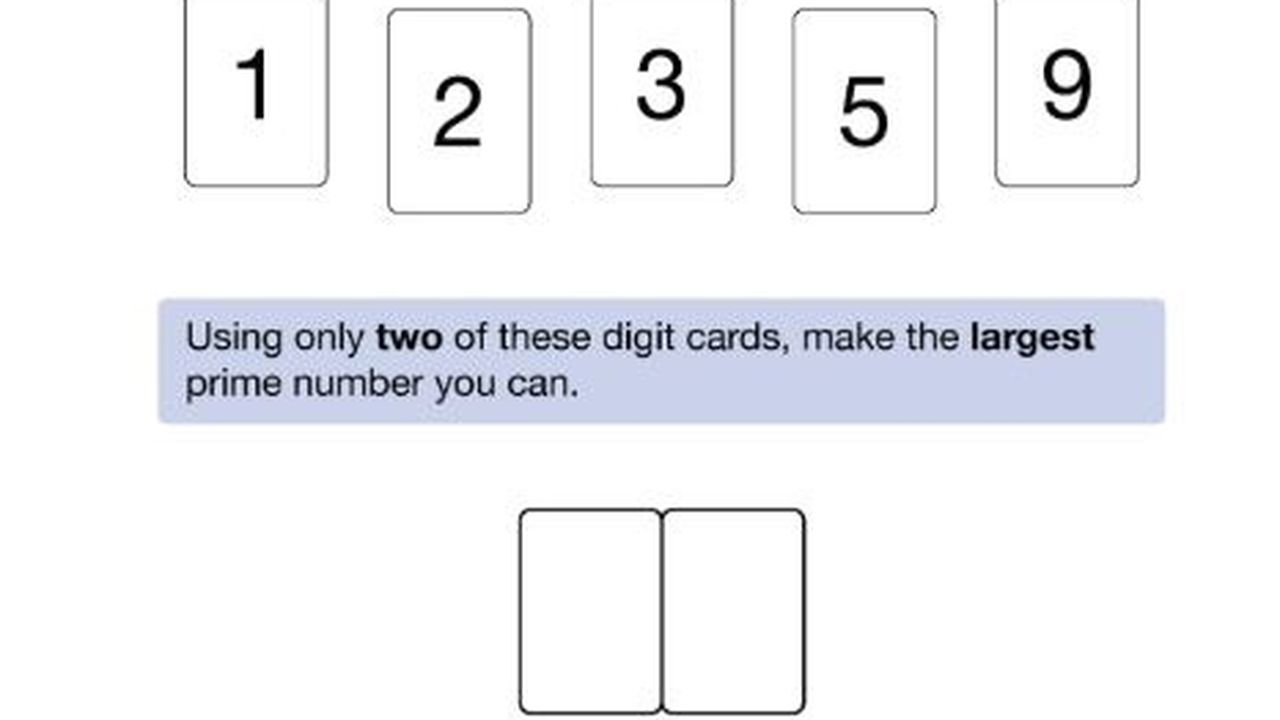5 common KS2 maths SATs test mistakes
We take a closer look at some maths SATs test mistakes to help your pupils avoid the same pitfalls.

The primary maths SATs test can be tricky business, and there’s nothing worse than children making common maths SATs test mistakes on the big day. In 2019, Learning by Questions published a unique set of purposeful SATs preparation materials where children could be given instant, constructive guidance if they gave an incorrect answer. After analysing the actual responses from tens of thousands of Year 6 children from across the UK, we’ve gathered together the most common maths mistakes that pupils made on our SATs questions during the last academic year.
The 5 most common KS2 maths SATs test mistakes
1. Number lines involving fractions
As you will see, many of the most problematic questions for pupils this year include fractions and decimals. One early question from Set 3, Paper 2 that has consistently caused pupils problems is giving the value of K on the number line.
Most pupils – predictably – assumed the number line was increasing in steps of 1/10 without counting the number of steps; consequently they tended to give answers such as 1 3/10 or 1.3. Some children also entered only the fraction of 3/7 instead of the complete mixed number.
LbQ has several related mastery sets that explores fraction sequences and counting in fractions including on number lines, such as Count Up and Down in Fractions. (Click on the link to sample this Question Set. Be sure to give some wrong answers to see the constructive feedback that your pupils will receive on the LbQ platform.)
2. Ordering improper fractions
At number 2 is an easy-to-understand yet difficult-to-execute comparing and ordering question, requiring pupils to order improper fractions with different denominators. Here, the key is to convert all of the fractions to have the same denominator to be able to put them in the correct order.
For the most common incorrect answer, it is likely that pupils attempted to order them using only the numerators (or denominators) without any attempt to use a common denominator. LbQ has just the set to help children practise this important skill: Compare and Order Improper Fractions with Different Denominators.
3. Problems with primes
On this question, many pupils assumed that 91 was a prime number as it is an odd number and it is difficult to immediately recognise it as a multiple of 7 or 13.
Pupils are often asked about larger prime numbers – especially in tests – so it’s important that time is spent exploring the factors of larger primes and partitioning them into more familiar multiples of other numbers (for example, 90 = 70 + 21, so it must be a multiple of 7).
Pupils can learn to identify prime and composite numbers to 100 in this mastery set and practise rapidly recognising primes in this practice set.
4. Ordering Decimals
The most common mistake for this question is probably due to using the whole numbers to correctly identify the 2 smaller and 3 larger numbers, but then not using place value correctly to compare the 3 larger numbers.
Pupils need a secure understanding of decimal place value to be able to correctly order decimals with a different number of decimal places. Comparing and ordering decimal numbers in context also causes significant problems for pupils on Set 3, Paper 3. LbQ has a mastery set that explores decimal place value in detail that also includes numbers with different decimal places.
5. Multi-step problems with measurements
Whenever a mixture of units of measurement appears within a question, it’s essential that the pupils do at least one conversion at some point. Unfortunately, many pupils often miss this conversion and consequently end up with an incorrect – though understandable – answer.
Only 41% of answers to this question were correct, with the most common incorrect answer of 330 being a result of making an initial conversion (half a metre = 50 cm) but not the final conversion of 330 cm = 3.3 m.
LbQ has plenty of converting measures resources – all of which contain problem solving – as well as dedicated problem solving sets such as Solve Multi-step Problems: Measurement.
So there you have it: the most common maths SATs test mistakes from LbQ papers as answered by tens of thousands of Y6 children. Some predictable, some a bit less so. But, consider each of them as an ‘errortunity’ for the children in your class to avoid the same pitfalls. Try these questions out with your class today by signing up for extended free access as part of the LbQ SATs Springboard.